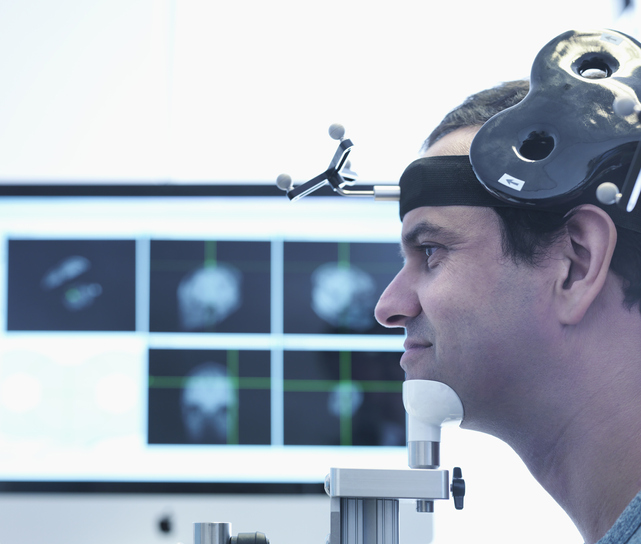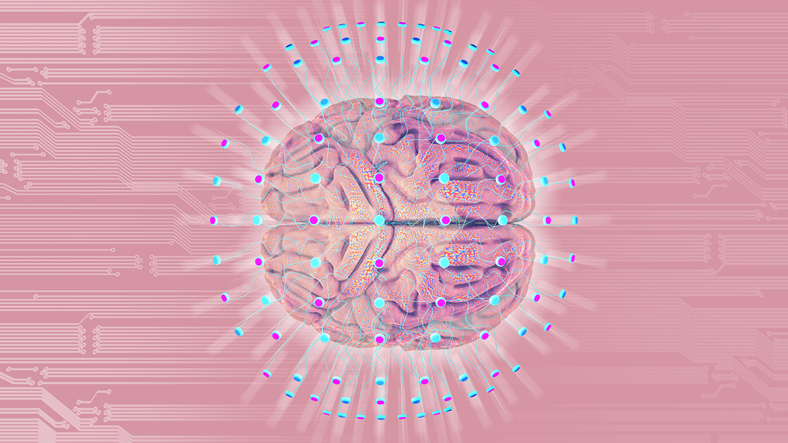Do You Have Treatment-Resistant Depression? You May Want to Consider Transcranial Magnetic Stimulation

By Joy Stephenson-Laws, JD, Founder
It’s easy to forget that depression is an actual disability because so many people just push through it and go about their daily lives. But according to Harvard Health Publishing, depression is the leading cause of disability in the United States among people between 15 to 44 years of age. In addition to this, depression increases the risk of developing other serious health issues such as cardiovascular disease, dementia, type 2 diabetes, obesity and more.
There are various options to consider if depression is an issue. This may include lifestyle changes such as nutrition. Antidepressant medication prescribed by your doctor may also be effective. However, some people may have medication resistant depression or treatment-resistant depression (TRD).
The Cleveland Clinic suggests that a person has TRD when at least two different antidepressant medications do not work (as in the medications do not improve symptoms). If this occurs, it may become necessary to find an alternative method of treatment.
Transcranial magnetic stimulation (TMS) may be the solution.

In a nutshell, TMS is a noninvasive form of brain stimulation through the use of magnetic fields. It was approved by the Food and Drug Administration (FDA) back in 2008.
“During TMS, electromagnets placed on the head send out targeted magnetic waves to stimulate and “reset” brain networks that regulate mood,” reports UCLA Health, in one report discussing a 63-year-old woman named Kate Kelly who suffered with major depressive disorder for three decades. It wasn’t until she tried TMS that she finally experienced real relief.
“Transcranial Magnetic Stimulation increases neuroplasticity, or the ability to form new pathways in the brain, allowing the patient to get out of a depressive rut.”
It has proven to be quite effective. Harvard Health Publishing reports that 50 to 60 percent of people with depression that is not responsive to medication experience a “clinically meaningful response” with TMS. Furthermore, about one third of these people experience a full remission which means that symptoms completely go away. It is important to note, however, that the results are not permanent so a person may need maintenance TMS sessions.
This is by no means a quick fix.This process requires persistence and patience. According to UCLA Health, patients usually need around 36 treatments, and the duration of these treatments can last from 20 minutes to an hour per session. The procedure is said to not be painful by some, but it may take some getting used to. Kelly, the woman mentioned earlier, described it as a series of pricks and pulses. UCLA Health reports that some have described it as a “woodpecker tapping on your head.”
This is also not a one-size-fits-all kind of treatment. Depression is a very complex disability and affects people in different ways. As a result, if I were to get TMS, one area of my brain may be targeted while a completely different area of the brain may be targeted for you. Furthermore, I may require stronger magnetic waves compared to you or vice versa.
I highly recommend checking out this story about a writer named Jenny Lawson. She had suffered with depression and anxiety for years and was diagnosed with treatment-resistant depression (TRD). She underwent TMS, and is very candid in sharing her experience.
She described the process as having happiness “drilled into her forehead.” Honestly, she makes the process sound pretty uncomfortable, but I wouldn’t let this deter you from discussing it with your doctor if you are suffering from depression and medication does not seem to be improving your symptoms. The important takeaway from Lawson’s story is that TMS helped her overcome some very debilitating depression.
Downsides to TMS?
“The most common side effect is headache during or after treatment. A rare but serious side effect is seizures, and TMS may not be appropriate for people at high risk such as those with epilepsy, a history of head injury, or other serious neurologic issues,” according to Harvard Health Publishing.
As always, speak with a doctor or a competent healthcare professional. If you are currently taking an antidepressant medication, it is important that you do seek professional advice before quitting.
Other ways to be proactive about depression?
The reality is that depression is something that has to be managed every day. I believe one of the best ways to manage this disability is to focus on maintaining a healthy lifestyle, eating a nutrient rich diet, avoiding processed foods (which have been connected to the development of depression and exacerbating depressive symptoms), moving your body regularly, avoiding smoking, drinking alcohol in moderation (if at all) and getting good quality sleep. If you are feeling depressed, I know this may sound easier said than done, however, try to focus on small proactive steps. Going for a walk and spending time in nature can do a lot to ease symptoms of depression. Check out these previous pH blogs about how you can fight depression.

Finally, I highly recommend taking routine nutrient tests in order to identify any nutrient imbalances you may have. Credible evidence suggests that if you are not nutritionally balanced, you are more likely to have depression and other mental health disorders. If the test shows you are not nutritionally balanced, a competent healthcare professional can work with you on making the necessary dietary changes and recommend quality supplements where necessary.
Also check out these eight minerals that may help you cope with depression.
Enjoy your healthy life!
Disclaimer: This article is not intended to provide medical advice. Please consult with your doctor or another competent healthcare practitioner to get specific medical advice for your situation.
The pH professional health care team includes recognized experts from a variety of health care and related disciplines, including physicians, attorneys, nutritionists, nurses, and certified fitness instructors. This team also includes the members of the pH Medical Advisory Board, which constantly monitors all pH programs, products, and services. To learn more about the pH Medical Advisory Board, click here.







